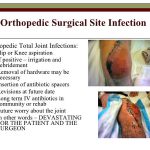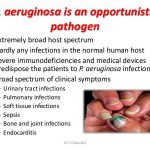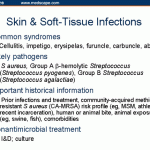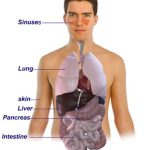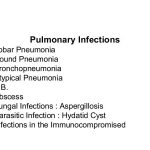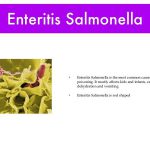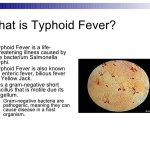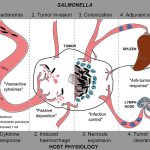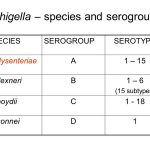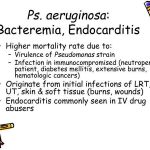
P aeruginosa endocarditis occurs predominantly in two settings: in association with IV drug use (IVDU) or with prosthetic valve endocarditis (PVE). The majority of cases of native valve endocarditis caused by P aeruginosa occur in association with IVDU. Risk factors for endocarditis associated with IVDU include the use of substances that are not boiled after mixing before injection, the injection of drugs at shooting galleries, and the use of pentazocine and tripelennamine.

